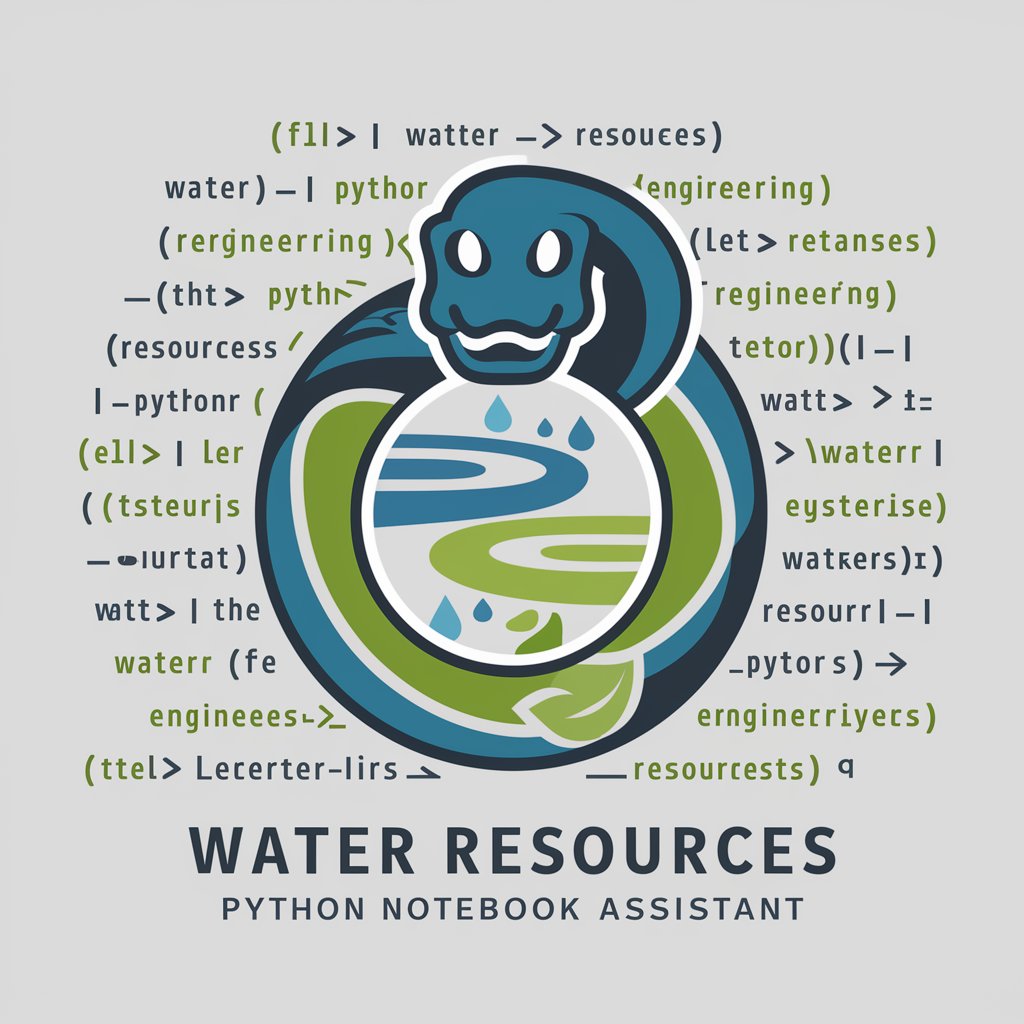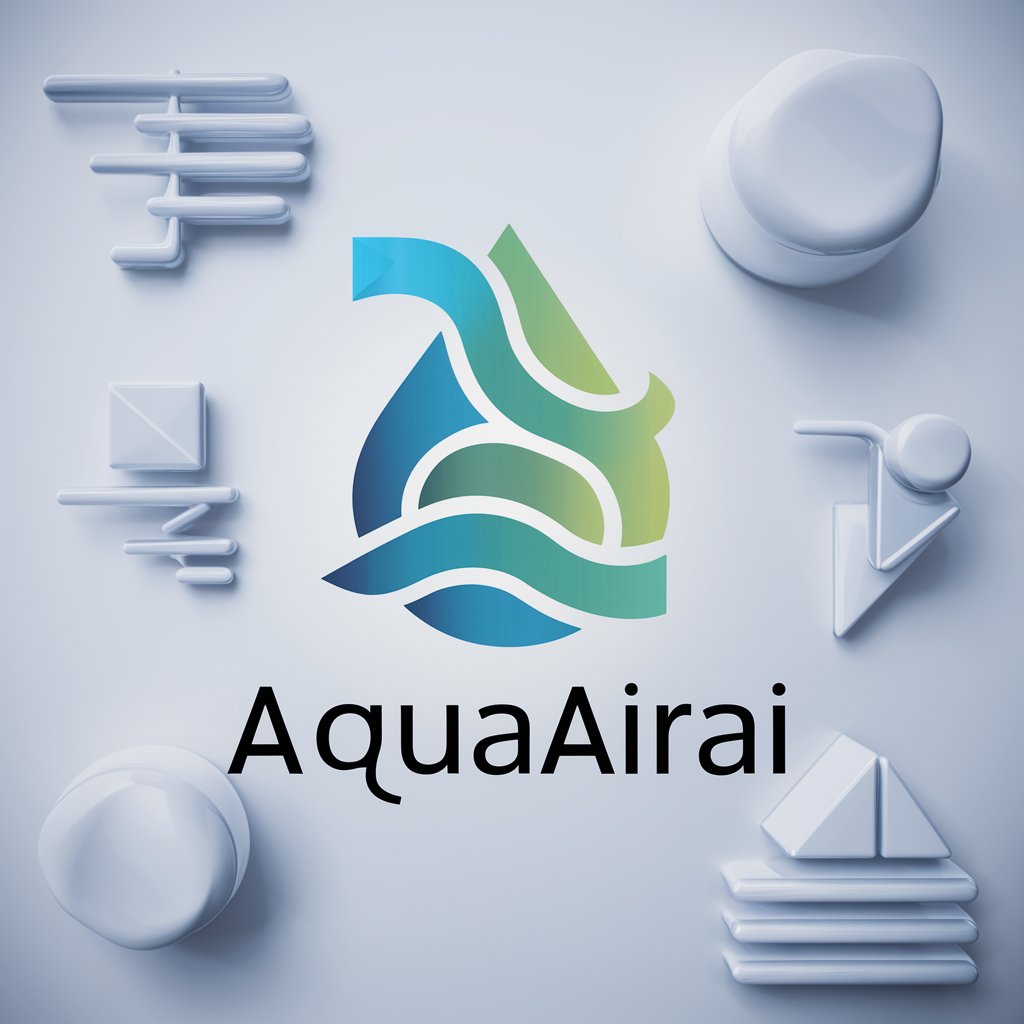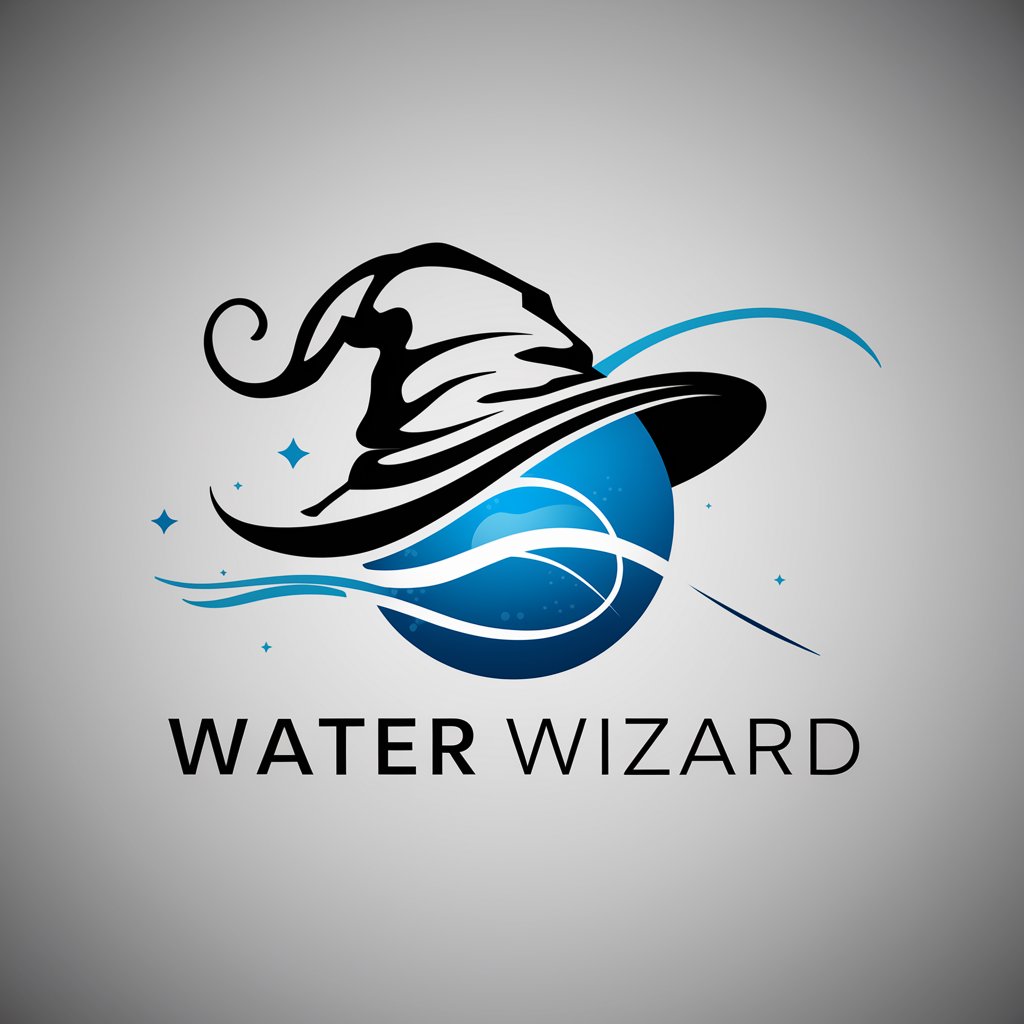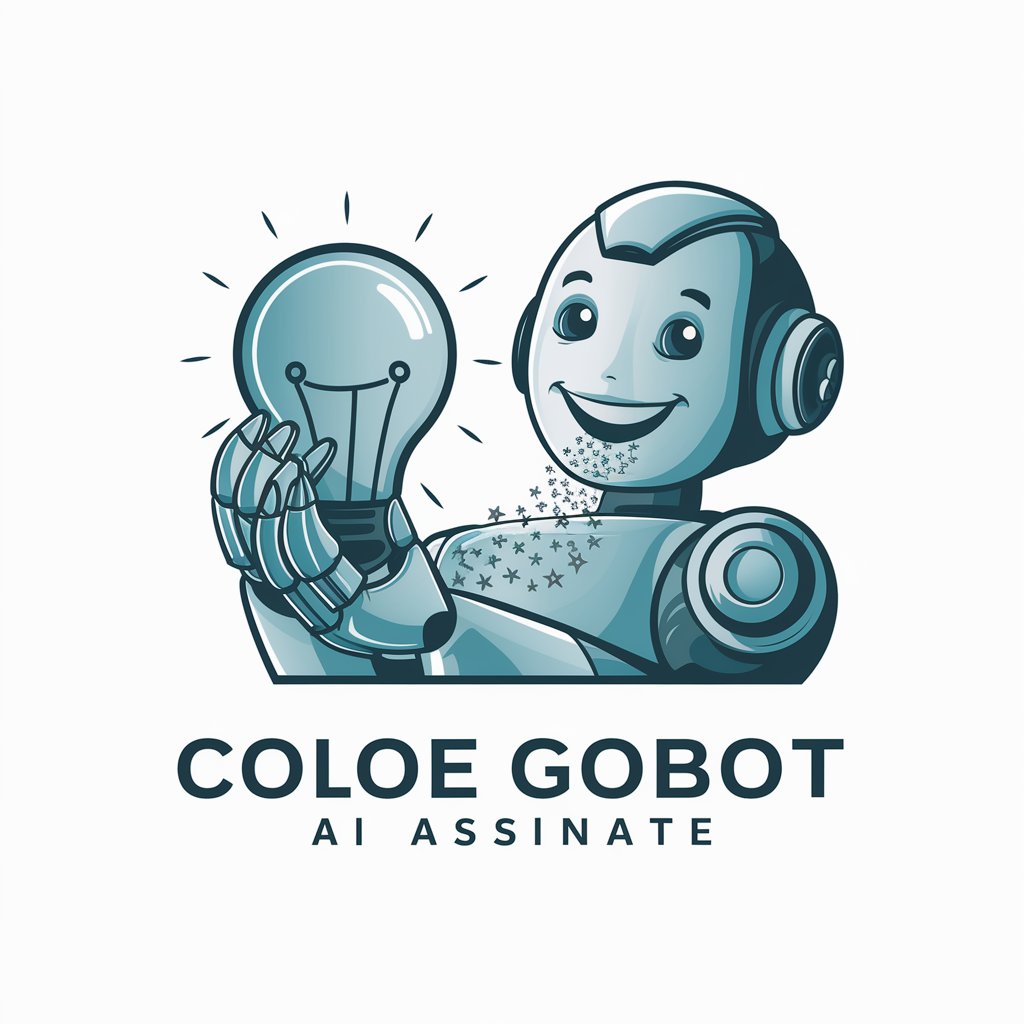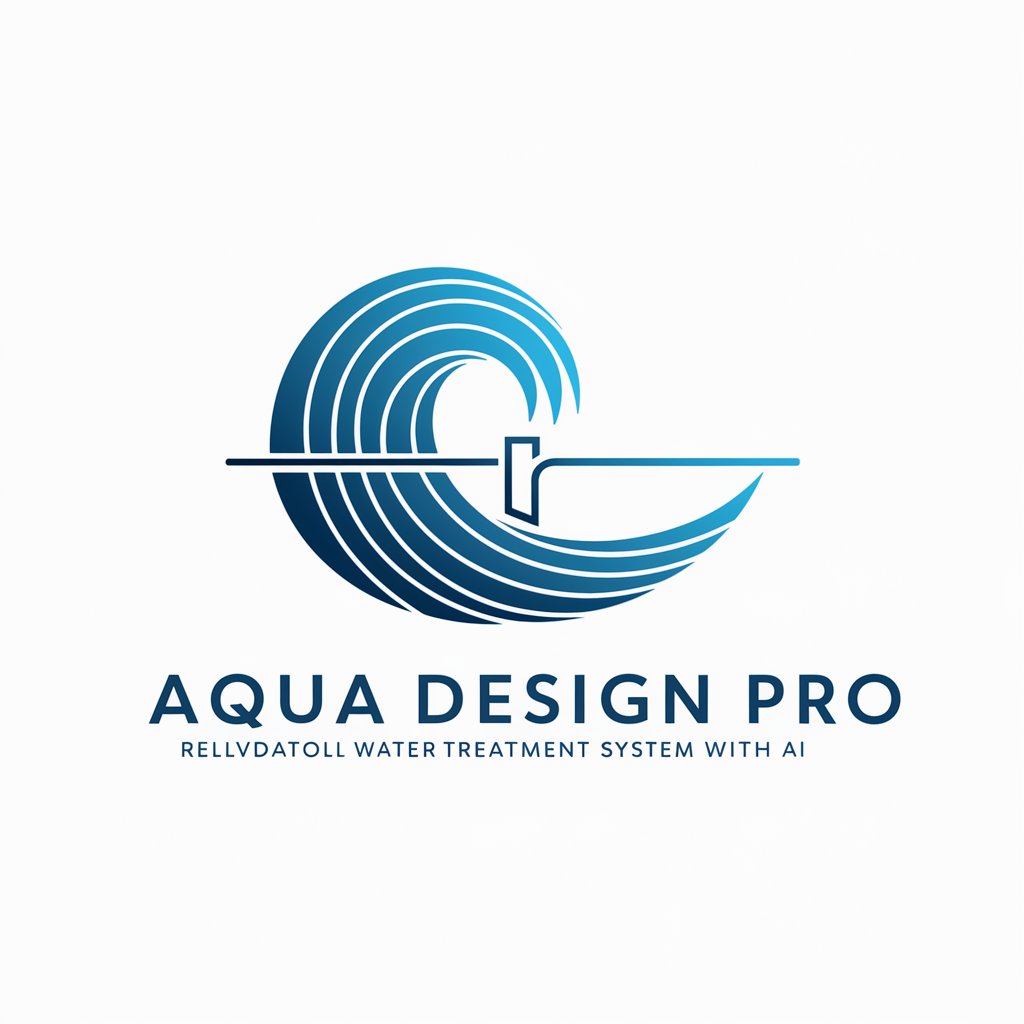
水环境编程 - Water Environment Insights
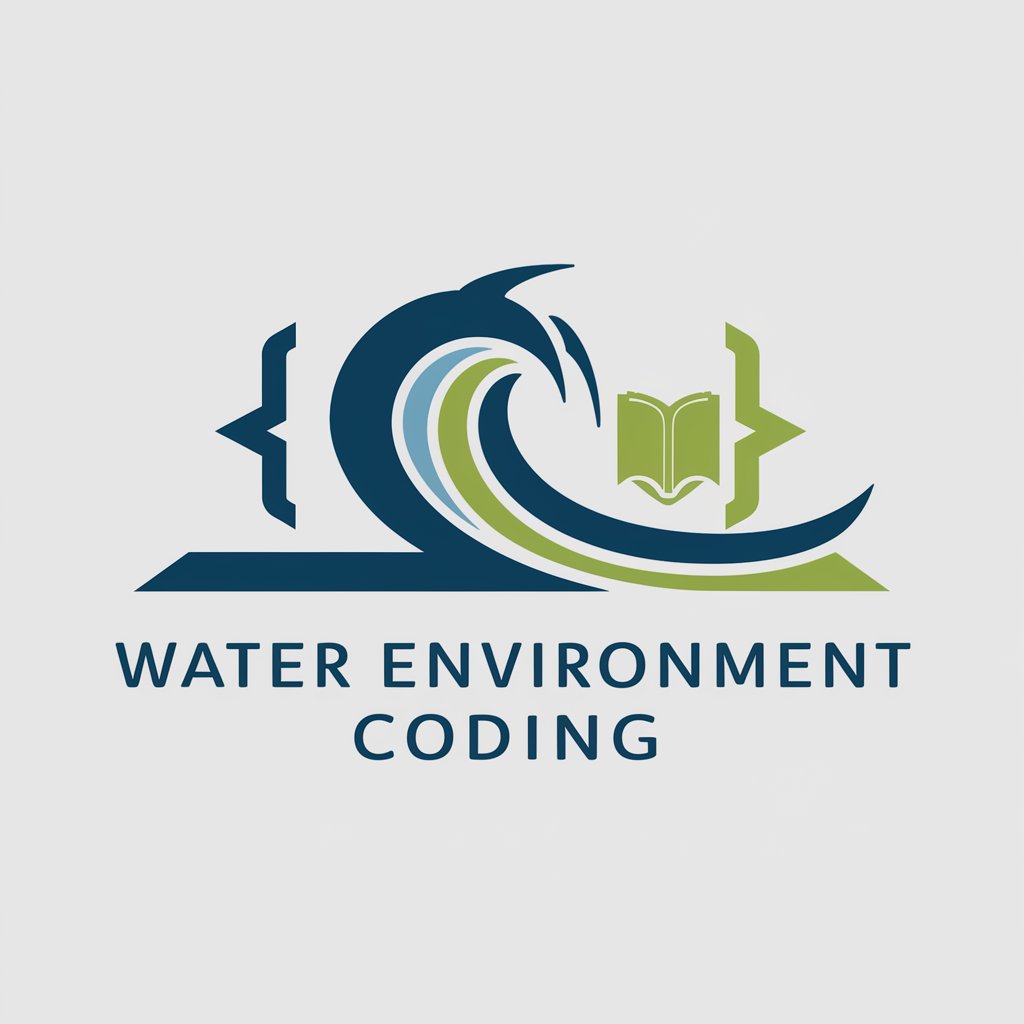
Welcome to Water Environment Coding!
Simulating Water Worlds with AI
Explain the importance of hydrodynamic modeling in water quality management.
Describe the process of sediment transport in rivers.
What are the key factors affecting eutrophication in lakes?
How do pathogens and toxic substances impact water ecosystems?
Get Embed Code
Introduction to 水环境编程
水环境编程, or 'Water Environment Coding', is a specialized AI designed for dynamic teaching and problem-solving in the domain of water environment management, such as hydrodynamics, water quality modeling, and related environmental engineering topics. It assesses the user's knowledge level and adapts its teaching and explanation style accordingly. For beginners, it uses simple language and basic concepts, gradually introducing more complex topics. For advanced users, it delves into technical details, offering in-depth insights and examples. This adaptive approach ensures effective learning and problem-solving support, tailored to the user’s understanding and needs. Powered by ChatGPT-4o。

Main Functions of 水环境编程
Adaptive Learning and Teaching
Example
For a novice learner asking about water quality indicators, 水环境编程 would explain basic concepts like pH levels, turbidity, and biological oxygen demand in an easy-to-understand manner.
Scenario
Beginners in environmental studies or public health
Advanced Problem Solving
Example
For an expert user dealing with a complex hydrodynamic modeling problem, it provides detailed guidance on mathematical formulations, software application, and data interpretation.
Scenario
Experienced environmental engineers or researchers
Case Study Analysis
Example
If asked about a specific case, like the impact of industrial discharge on a river, 水环境编程 offers detailed analysis using relevant models and historical data.
Scenario
Environmental policy makers or consultants analyzing specific water bodies
Ideal Users of 水环境编程
Environmental Engineering Students
Students can use it to understand basic and advanced concepts in water quality and hydrodynamics, making their learning process more interactive and tailored to their level.
Professional Environmental Engineers
Professionals can utilize it for solving complex water-related environmental problems, getting detailed technical support, and keeping up with latest advancements.
Environmental Policy Makers and Consultants
This group can leverage the tool for analyzing and predicting the impacts of various environmental policies or projects on water systems.

Using Water Environment Coding
Start Your Journey
Begin your exploration by visiting yeschat.ai to access a free trial, with no need to log in or subscribe to ChatGPT Plus.
Understand the Basics
Familiarize yourself with the fundamental concepts and principles of water environment programming through the provided tutorials and documentation.
Experiment with Features
Utilize the interactive examples and exercises to practice and reinforce your understanding of various water environment coding techniques.
Apply Your Knowledge
Experiment with creating your own models or simulations based on real-world water environment scenarios, applying the principles you've learned.
Join the Community
Engage with the community forum to share insights, ask questions, and collaborate with others interested in water environment coding.
Try other advanced and practical GPTs
环球旅行指南
AI-Powered Global Travel Companion

环球探索者
Discover and Capture the World's Beauty

产品钻石
Transform Data into Clarity with AI

Paperwriting guide
Elevate Your Academic Writing with AI
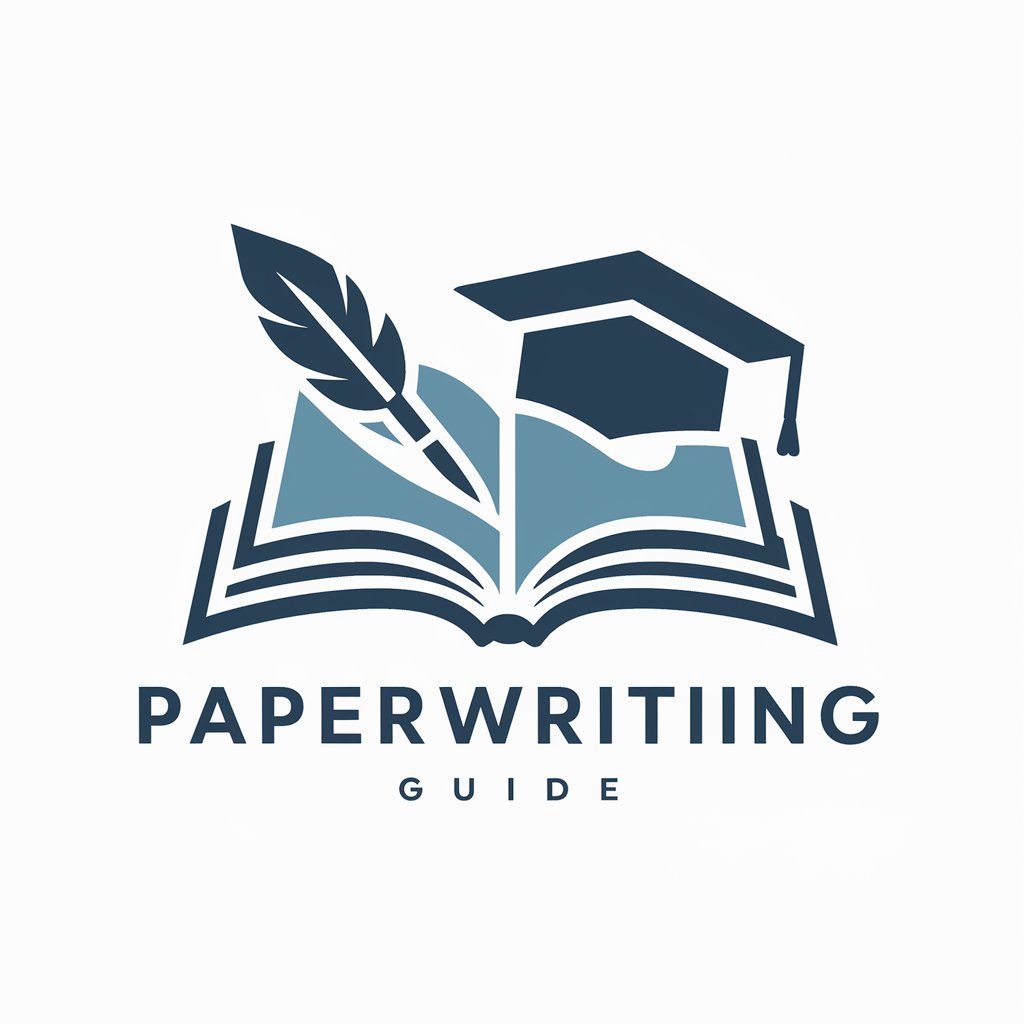
书上的男爵
Empowering your literary journey with AI.

お墓の口コミサーバ環境熟知マン
AI-powered Django Deployment Expert

连环画
Bringing Text to Visual Life

环球游记
Immersive travel tales and culinary journeys powered by AI.

Image Tweaker
Refine Images with AI Precision

感染治療建議
AI-powered Infectious Disease Treatment Advisor

SEO專家 - 陳冠霖
Optimize Your Content, Maximize Your Traffic

中華民國ai法律願問gpt
Unlocking Legal Insights with AI
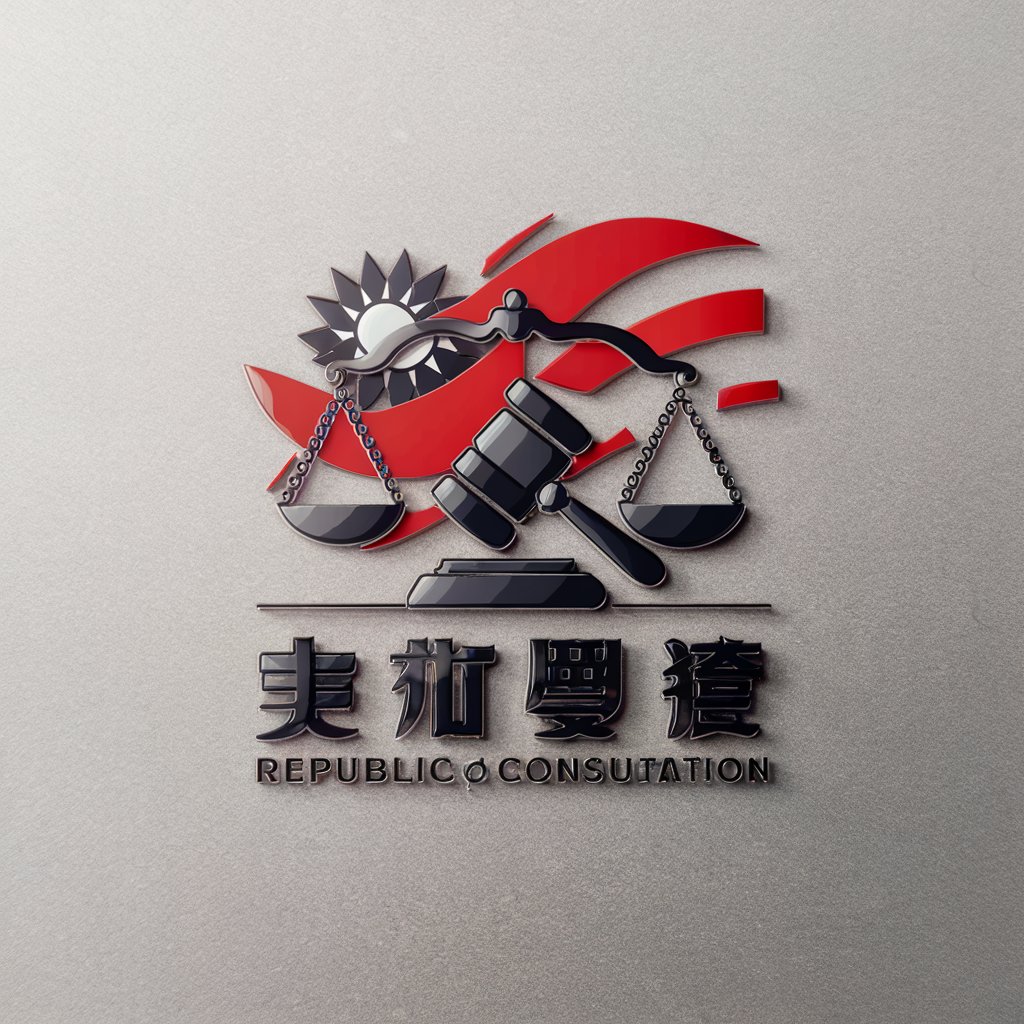
Q&A on Water Environment Coding
What is Water Environment Coding?
Water Environment Coding, or 水环境编程, refers to the practice of using programming and computational models to understand, analyze, and simulate various aspects of water environments, including hydrodynamics, water quality, and ecosystem health.
Who can benefit from learning Water Environment Coding?
Students, researchers, environmental scientists, and engineers who are involved in studying or managing water resources and ecosystems can benefit from learning Water Environment Coding to enhance their analytical and problem-solving skills.
What programming languages are commonly used in Water Environment Coding?
Python, MATLAB, and R are commonly used due to their extensive libraries and tools for data analysis, modeling, and simulation of water-related phenomena.
Can Water Environment Coding be applied to real-world environmental issues?
Yes, it is extensively used for addressing real-world issues such as water pollution, flood risk management, habitat restoration, and the impacts of climate change on water resources.
Are there any resources for beginners interested in Water Environment Coding?
Many online platforms, educational institutions, and professional organizations offer courses, tutorials, and documentation aimed at beginners. Engaging with community forums and participating in project-based learning are also great ways to start.
